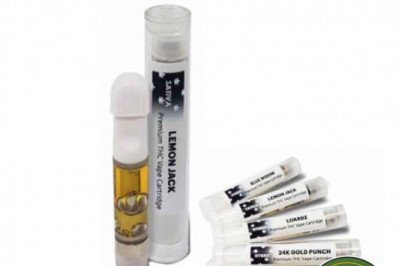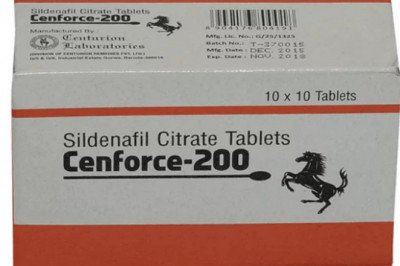views

Smart homes’ look and feel are quite different; they are designed with automation in mind. Therefore, architects and designers must choose materials that align with their objectives. Most importantly, materials that are digitally responsive enough to integrate seamlessly with home automation systems. That is why smart glass is invaluable in the design and construction of smart homes.
Advancements in the fields of nanotechnology have led to the advent of the smart glass. Although the smart glass looks like conventional glass, it comes alive and becomes electronically controllable when current is applied to it. This feature makes it a perfect building material for home automation companies. They leverage this smart glass technology to design modern smart homes and bring several enhancements to existing ones. Here are some of the benefits of smart glass in a smart home.
While architects and designers prefer glass material for creating smart homes, glass structure is not the best choice for privacy. Previously, the solution was to choose between frosted glass or a transparent one for different building locations. Today, smart glass technology brings a viable solution to privacy issues. It allows the homeowner to gain privacy on-demand by simply frosting the glass partitions and windows with a control switch. Therefore, smart homes can do away with window blinds and drapes; the glass partitions are already smart enough to activate privacy on-demand.
Smart glass has also found practical application in creating skylights for smart homes. It has been used to regulate the amount of natural light required indoors by dimming and shading as the need arises. This feature enhances the energy efficiency of smart homes.
Perhaps, the best value of smart glass in a smart home is its ability to integrate seamlessly with home automation systems. Digital switching technology allows a homeowner to control smart glass’s features and functions in several remarkable ways. For instance, rather than pressing a wall-mount switch or remote control, a homeowner can simply change the smart glass to its frosted mode, configured from a mobile app. The intelligent glass control unit can be further integrated with motion sensors that automatically activate the frosted mode when nobody is at home. What about using voice control to activate the smart glass on demand? The possibilities are endless.
Smart glass plays a crucial role in bringing innovation to the smart home industry. It helps architects and designers achieve goals of enhanced conveniences, aesthetics, personalization, and automation in smart homes.












Comments
0 comment